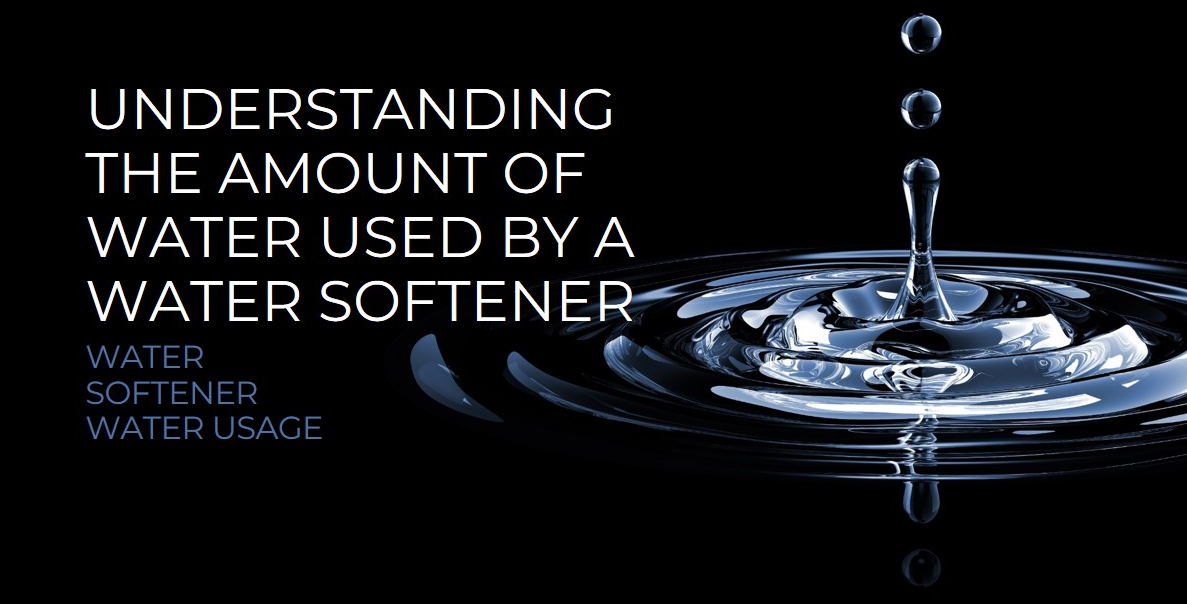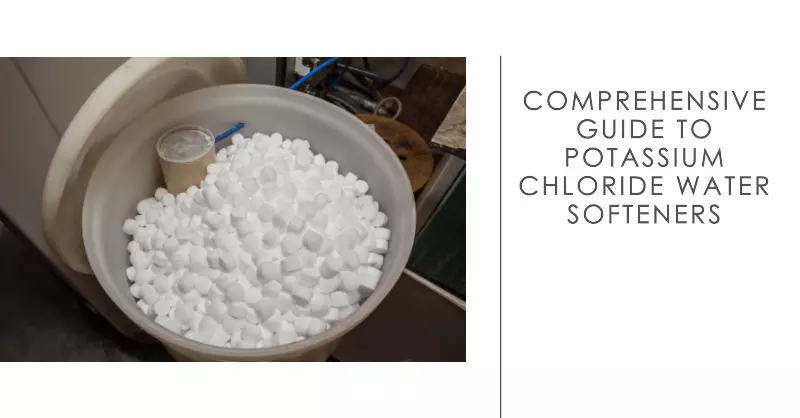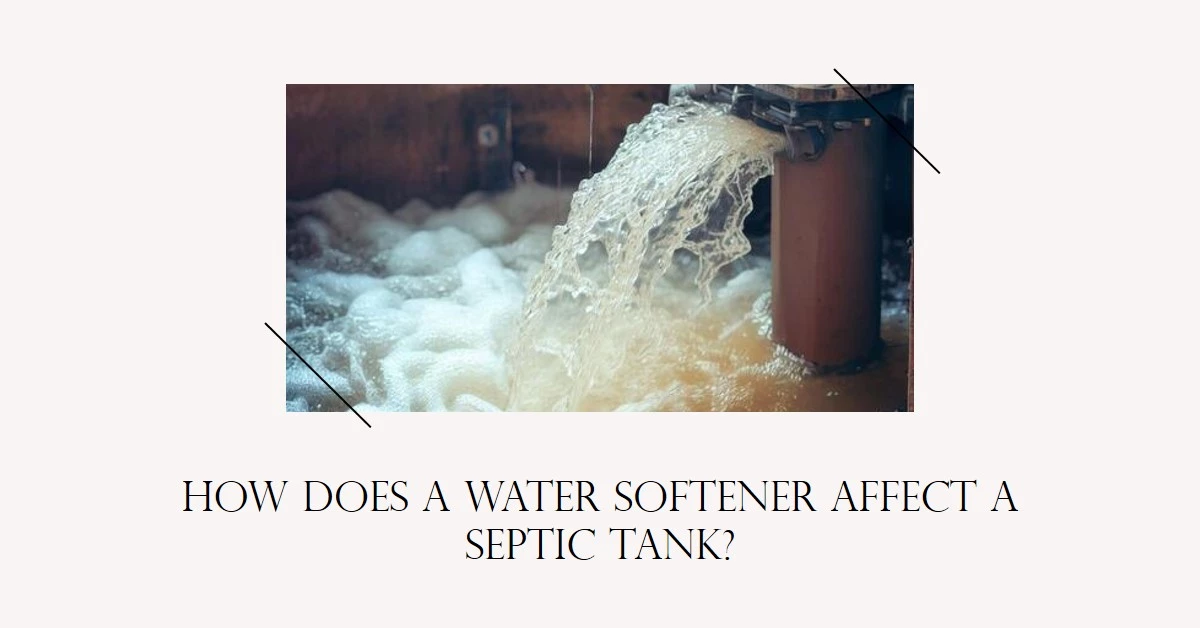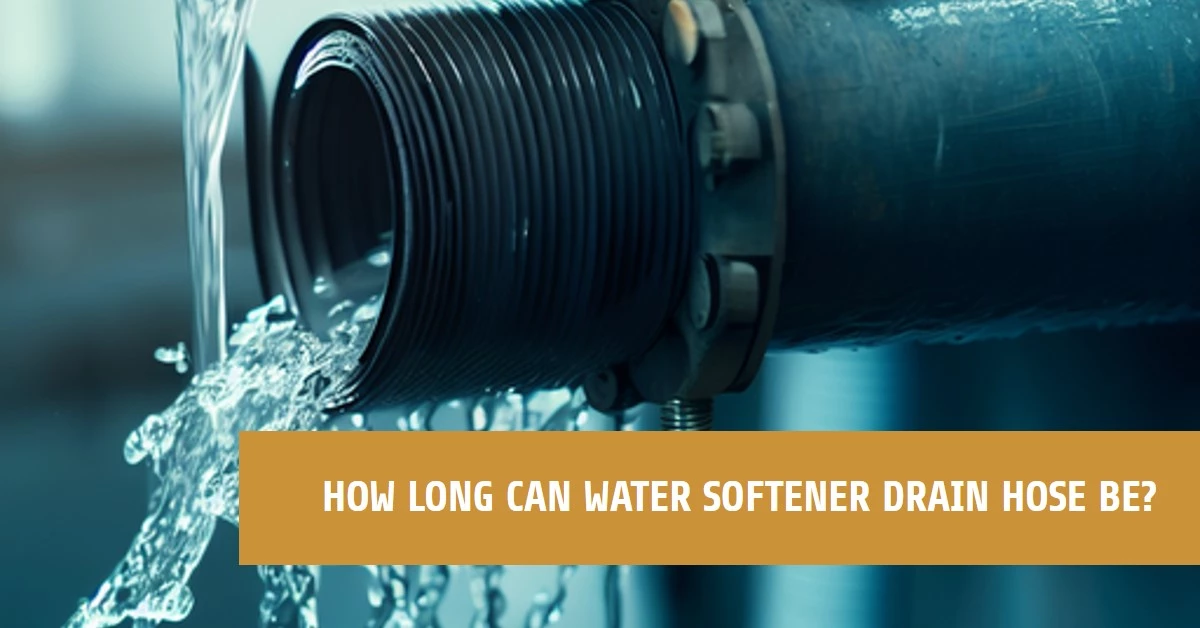If you’re considering installing a water softener in your home, one of the most common questions is “how much water does a water softener discharge?” The amount of water used during the softener’s regeneration cycle is an important factor to understand, especially if you want to conserve water or have a septic system. In this comprehensive guide, we’ll cover everything you need to know about water softener water usage.
What Is Hard Water and Why Use a Softener?
Before diving into the details on water usage, it’s helpful to understand what hard water is and why a softener is needed. Hard water contains high levels of calcium and magnesium minerals that can cause a variety of problems, including:
- Scale buildup on appliances and plumbing fixtures
- Reduced efficiency of water heaters
- Soap scum and mineral deposits on bathtubs and showers
- Dry, itchy skin when bathing
Water softeners work by removing the calcium and magnesium ions through a process called ion exchange. Resin beads in the softener trap the mineral ions and replace them with sodium ions, transforming the hard water into soft water.
The benefits of soft water include:
- Cleaner, softer skin and hair
- More efficient cleaning with less soap scum
- Longer lifespan of water heaters and appliances
- Reduced scale buildup throughout plumbing system
For households with very hard water, a softener can be a worthwhile investment to improve water quality and avoid costly repairs due to mineral buildup. But how much water does this helpful appliance use?
How Do Water Softeners Use Water?
Water softeners use water primarily during the regeneration process. This is when the resin beads become saturated with calcium and magnesium ions from the hard water. The softener must then clean and recharge the beads with sodium ions so the ion exchange process can continue softening the water.
Regeneration typically occurs every 3-7 days, depending on:
- Water hardness level – The harder your water, the more frequent regenerations will be. Very hard water requires more frequent cleaning cycles.
- Water usage – Higher water use in the household will saturate the resin faster, triggering more frequent regenerations.
- Softener capacity – Larger softeners with bigger resin tanks can soften more water before needing to recharge.
During regeneration, the resin beads are flushed with a brine solution (salt dissolved in water). This removes the mineral ions and replaces them with sodium ions to reactivate the exchange sites on the resin.
The resulting brine discharge is what flows down the drain. This is why understanding the water usage of this process is key for conserving water and avoiding problems if you have a septic system.
How Much Water Is Used in Regeneration?
The amount of water a softener uses per regeneration cycle can vary based on a few factors, but the average range is 25-60 gallons for a standard residential softener.
Larger softener tanks or very hard water will use more. Some high efficiency models optimized for water conservation may regenerate with as little as 10-15 gallons.
To give a sense of scale, a family of four might use anywhere from 300-400 gallons per day just on activities like showering, laundry, cooking, and running the dishwasher. So even at the higher end of 60 gallons, the water usage just for softener regeneration is fairly minimal compared to total household usage.
However, for those wanting to closely monitor water consumption or conserve as much as possible, adjusting the settings can help minimize the softener’s water usage.
How to Reduce Water Usage During Regeneration
Many water softeners offer custom controls and settings to help optimize water efficiency. Here are a few tips:
- Adjust the hardness setting – If your water is only moderately hard, setting the softener to regenerate less frequently can save significant water over time. Consult your test results.
- Select a demand-initiated model – These regenerate based on actual water usage rather than on a fixed schedule, which prevents unnecessary cycles.
- Choose a high efficiency design – Some newer models utilize fine resin beads that provide more surface area. This allows for deeper mineral removal using less rinse water.
- Check for leaks – Dripping faucets can trigger the softener to regenerate more often than necessary. Conducting leak checks will help optimize water usage.
- Add a flow restrictor – Installing a flow restrictor reduces backwash and rinse water flow rates, saving 10-15 gallons per regeneration cycle.
With some adjustments based on your specific conditions, it’s possible to cut the softener’s water usage significantly.
Impact on Septic Systems
For households that utilize a septic system instead of municipal sewage lines, the water discharge from softener regeneration can be a concern. Here’s what you need to know:
- The brine solution contains high concentrations of sodium chloride (table salt) that can harm the biological digestion processes in the septic tank. Much lower salt levels are preferred.
- Newer septic systems with enhanced pretreatment are better equipped to handle softener discharges. But for older systems, it’s wise to take precautions.
- Consider an alternative system like a salt-free water softener or filters that treat hard water through methods like precipitation or magnetic fields.
- If using an ion exchange softener, adjust settings for longer regeneration cycles but less frequency. This helps reduce total salt discharged. Also use the minimum amount of salt needed for recharging the resin.
- Avoid pouring excess salt into the brine tank. Store only what’s needed for efficient recharges to limit environmental impacts.
With some care taken to optimize salt and water use, ion exchange softeners and septic systems can coexist. But malfunctioning drainage fields or leach beds unable to handle the discharge would warrant an alternative water treatment solution.
Softener Water Usage Compared to Other Home Appliances
To put the water softener discharge into further perspective, let’s compare it to some other appliances found in most homes:
- Standard toilet – uses 1.6 gallons per flush
- Dishwasher – 4-7 gallons per cycle
- Top-loading clothes washer – Around 40 gallons per load
- Soaking in a bathtub – 25-35 gallons of water
As you can see, routine household uses like doing laundry or taking a bath expend far more water than the periodic regeneration of a water softener. For example, if your softener discharges 60 gallons 3 times a week, that equates to 180 gallons over 7 days. A single load of laundry would use 40 gallons – nearly a quarter of the water used for softening the entire household’s supply.
When weighing the benefits of softened water against water usage, a softener remains highly water efficient compared to most other appliances. Simple conservation steps can further minimize any impacts.
Choosing an Efficient Water Softener
If you want to obtain the positive effects of softened water while minimizing environmental impacts, choose the most efficient model suited for your household size and water conditions. Here are the key factors to evaluate:
- Water hardness – Test your water’s grain per gallon (gpg) rating and buy a softener aligned with that capacity. Over-sized units regenerate more than needed.
- Resin tank size – Right-size based on household occupancy and daily water demand. This prevents excessive regeneration cycles.
- Salt efficiency – Look for models that regenerate with the least amount of salt. This conserves water and reduces discharge.
- Smart technology – Demand-initiated or smart softeners track actual usage and only regenerate when needed, saving water and salt.
- NSF certification – These systems meet stringent testing standards for water efficiency and conservation. The NSF logo ensures an eco-friendly model.
Investing in a correctly sized, NSF-certified softener with advanced features will provide years of benefits using minimal amounts of salt and water in the process.
Proper Installation and Maintenance
Once you’ve purchased an efficient softener for your household’s needs, proper installation and maintenance is crucial:
- Carefully follow the manufacturer’s instructions for installation and any required plumbing modifications.
- Keep the brine tank filled with the recommended type of salt, but don’t overfill.
- Periodically check for leaks in the valves, fittings, and resin tank. Identify and repair any drips or cracks right away.
- Clean and disinfect the resin tank once a year following the steps in the owner’s manual.
- Replace the resin beads once they’ve become too fouled and unable to fully soften the water.
- Adjust settings as needed based on water test results and usage patterns in your home.
Taking good care of your softener will keep it functioning optimally for years, while using the minimal amount of salt and water needed.
Conserving Water With Your Softener
For households looking to closely monitor water consumption, there are small steps you can take to conserve with your softener:
- Reduce unnecessary water uses – Fix any leaky faucets and avoid long showers to decrease overall household demand. This will minimize how often the softener regenerates.
- Reuse rinse water for irrigation – Collect the initial backwash water, which is low in salt, and use it for watering non-edible outdoor plants. Just be sure to divert it away from any drainage fields.
- Upgrade to high-efficiency appliances – Install low-flow showerheads, faucets, and toilets. Using less water extends the time between softener regenerations.
- Choose alternative soaps – Try salt-free saponified-oil based soaps that create less soap scum and mineral buildup. Reducing these deposits can lengthen the time between regenerations.
With smart water use habits and the right settings adjusted for your conditions, you can enjoy fully softened water while keeping your softener’s total water discharge as low as possible.
Key Takeaways on Water Softener Water Usage
To wrap up, here are the key points to remember:
- Water softeners primarily use water during the regeneration process to flush the resin beads. This occurs every 3-7 days on average.
- Standard residential softeners use 25-60 gallons per regeneration cycle. The exact amount depends on water hardness, household usage, and system size.
- Carefully tailoring settings based on your specific conditions can minimize water used during regeneration. Demand-initiated models help prevent unnecessary cycles.
- For homes with septic systems, salt discharge may be a concern. Selecting alternative treatment methods or optimizing salt and water use can reduce impacts.
- A softener’s water discharge is minor compared to total household use from showers, laundry, etc. But conservation steps can incrementally reduce usage.
- Choosing a correctly sized, NSF-certified high efficiency model will provide softened water while consuming the minimal amount of resources.
Understanding your softener’s expected water usage will help you make the most informed decision when purchasing a system. With proper maintenance and water-saving settings adjusted for your household, you can enjoy the numerous benefits of softened water with peace of mind.





